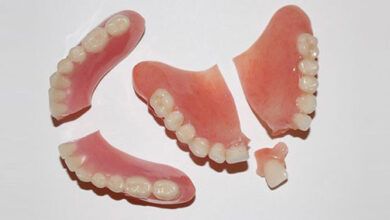What is Spinal Stenosis?

Spinal stenosis is a condition that is caused by the narrowing of the spaces located within the spine. This can put a lot of pressure on the nerves in your spine and stenosis itself can occur in the neck and lower back.
But what are the symptoms of this condition and what type of treatment is available? This article aims to explore these things so you have a better idea about the condition.
The Symptoms of Spinal Stenosis
While not everyone experiences symptoms, those who do can find they start gradually. Symptoms are likely to become worse over time, however, they can vary depending on which nerves are being affected and where the stenosis is located.
Symptoms associated with lower back stenosis
– Weakness in a leg or a foot
– Tingling or numbness in a leg or a foot
– Back pain
– Cramping or pain in both or one leg when standing for a long period of time
– Cramping or pain in both or one leg when bending forward, sitting, or walking
Treatment for this type of spinal stenosis can include physical therapy, treatment by a chiropractor, steroid injections, surgery, or decompression procedure. However, your doctor might begin treatment by prescribing you painkillers, opioids, anti-seizure medication, or antidepressants to help with the pain.
Symptoms associated with stenosis in the neck
– Neck pain
– Weakness in an arm, hand, leg, or foot
– Tingling or numbness in an arm, hand, leg, or foot
– Bladder or bowel dysfunction (Only appearing in severe cases)
Treatment for this type of spinal stenosis is the same as the treatment for lower back stenosis. It can include physical therapy, treatment by a chiropractor, steroid injections, surgery, or decompression procedure. However, your doctor might begin treatment by prescribing you painkillers, opioids, anti-seizure medication, or antidepressants to help with the pain.
Diagnosing Spinal Stenosis
In order to diagnose you with spinal stenosis or to rule out this or any other condition, your doctor may perform imaging tests. These tests can include:
- CT or CT myelograms – A computerized tomography (CT) scan is a test which uses a combination of x-rays that have been taken from different angles. They are also taken from different cross-sections. A dye is injected into the body and shows the spinal cord and nerves.
- MRI scans – Magnetic resonance imaging (MRI) scans use a magnet and radio waves to produce images of the spine. An MRI can help your doctor to detect any damage that you have to your ligaments and disks. Scans such as these can also uncover the areas where spinal cord nerves are being pressured.
- X-rays – An x-ray can detect bone spurs and other changes in your back. However, with every x-ray comes a slight exposure to radiation.
If you are suffering from any of the above symptoms, please speak to your doctor. The sooner you speak to your doctor, the sooner you can undergo tests and receive treatment that could make a difference to your life.






